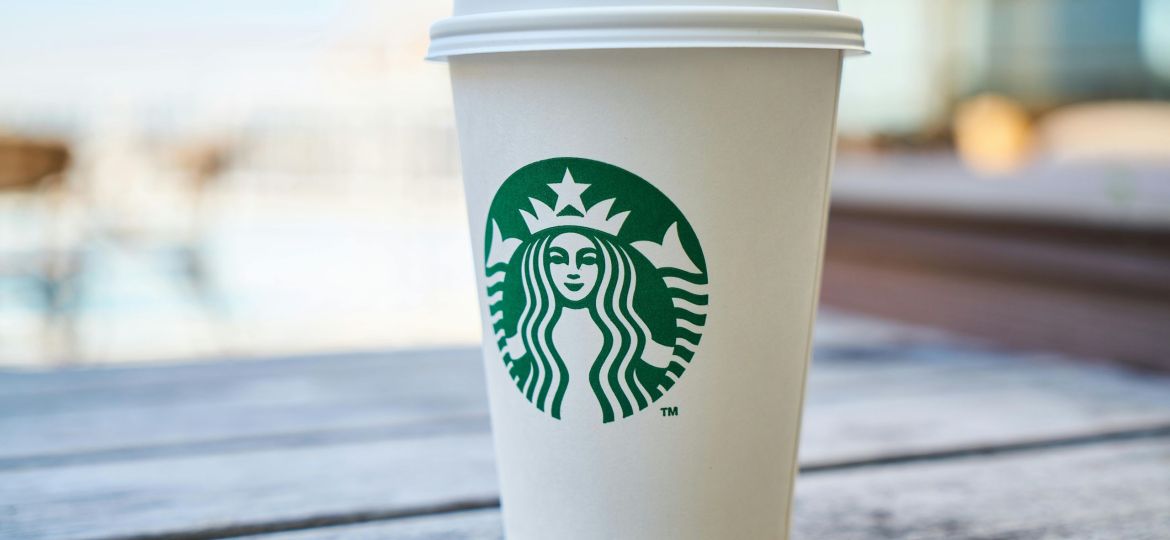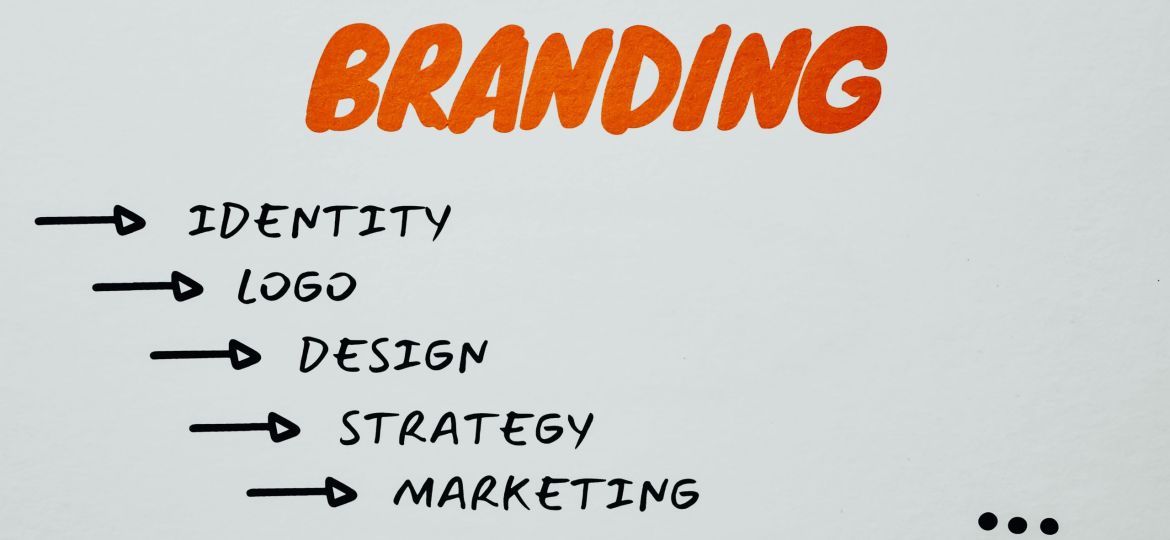Event Marketing: Why Every Brand Needs a Strong Visual Identity
In the fast-paced world of event marketing, a brand’s visual identity isn’t just a nice-to-have—it’s essential. From a brand’s logo to color palettes used on event signage and digital ads, a cohesive visual identity shapes how audiences perceive your business. Whether you’re organizing a product launch, brand activation, or major conference, your branding decisions directly impact audience engagement and trust.
The Power of First Impressions in Event Marketing
Your visual identity often serves as the first interaction your audience has with your brand. A striking logo, professional typography, and consistent color usage across platforms make your brand instantly recognizable—even in a crowded event space. According to a study by Event Manager Blog, brands that invest in cohesive visual branding at events experience significantly higher engagement rates.
What Is a Visual Identity and Why Does It Matter?
Visual identity refers to the collection of visual elements that showcase a brand’s image. This includes:
- Logo
- Color schemes
- Typography
- Imagery style
- Event collateral (banners, table stands, digital screens, etc.)
These elements work together to establish consistency across all marketing channels, including during event marketing campaigns.
Key Components of a Strong Visual Identity for Events
1. Logo Adaptability
Your logo should be scalable and adaptable, easily visible on both large banners and mobile screens. Responsive logos are vital for event branding where mediums can vary from kiosks to digital invites.
2. Consistent Color Palette
Color evokes emotion. Choosing the right palette helps set the tone for your brand and the event. Ensure the color scheme aligns with your overall branding and applies seamlessly across slides, signage, and digital platforms.
3. Typography That Speaks
Fonts should be legible, expressive, and consistent with your brand’s tone. For event promotion and wayfinding signage, clarity is essential.
4. Iconography and Imagery Style
Whether it’s animations, photography, or illustrations—ensure your style stays uniform. This visual cohesion contributes to professionalism and reliability, which are essential traits in event marketing.
How a Cohesive Visual Identity Enhances Event Marketing Success
A strong visual identity amplifies your marketing strategy in several ways:
- Improved Brand Recall: Audiences remember visual cues more than slogans or taglines.
- Stronger Connection with Attendees: Visual consistency builds trust and fosters emotional links.
- Higher Engagement: Well-branded visuals attract more interactions on social media and at the event itself.
- Professionalism: Even small details—like custom lanyards and uniform signage—enhance the perceived value of your brand and the entire event experience.
Event Marketing Success Stories Built on Visual Identity
Successful brands like Apple and Airbnb are known for their consistent branding, including during events. Apple’s seamless, minimalist design enhances every touchpoint—from digital invites to product showcase backdrops. Airbnb’s warm, friendly visuals and use of user-generated content at events foster a sense of community.
Align Your Events with Your Brand Purpose
A consistent design narrative helps you tell richer, deeper stories that resonate with your audience. This is especially effective when used alongside storytelling-based marketing strategies. It transforms passive attendees into active participants who connect with your mission.
Storytelling Through Visual Elements
Every aspect of your event—from stage design to presentation decks—should tell a cohesive story. This is where visual identity supports marketing through storytelling:
- Create a persona-friendly environment that reflects the brand’s values.
- Design digital campaigns that match the event branding for higher online engagement.
- Use thematic visuals to guide attendees through the brand journey.
Visual Identity in Brand Activations
In interactive experiences like product demos or pop-up shops, visual branding becomes the voice of the experience. Strong visual cues—such as branded lighting, uniforms, and interactive signage—reinforce your message and impact.
Read more about how to enhance your activations in our guide: How to Create Unforgettable Brand Activations.
Integrating Visual Identity Into Corporate Event Planning
Professional corporate event planning teams prioritize branding at every stage:
- Pre-Event: Email campaigns, landing pages, and social media graphics align with brand guidelines.
- During Event: Stage setup, presentation design, and printed materials reflect uniform aesthetics.
- Post-Event: Follow-up emails, highlight reels, and recap blog posts maintain consistent visual themes.
This closes the loop, reinforcing your brand’s message before, during, and after the event.
Design Tips to Elevate Your Event Visual Strategy
- Think Mobile-First: Design with mobile users in mind — easy-to-read text and well-sized images.
- Use Templates: Develop branded templates for slides, social graphics, and handouts to maintain consistency.
- Engage a Designer: Collaborate with professionals to create a high-impact visual strategy.
- Do a Brand Check: Before going live, ensure all assets match your brand guidelines to maintain quality and professionalism.
Conclusion: Visual Identity Is the Backbone of Event Marketing
To make a lasting impact, brands and event organizers must go beyond just logistics—they need to craft visually unforgettable experiences. A consistent and compelling visual identity not only increases brand recognition but also boosts engagement and trust. In today’s competitive landscape, your event visuals may well determine your success or failure. So, make sure your next event reflects your brand’s story, values, and professionalism—from the first invite to the final thank-you email.
For more insights and expert tips, visit Event Manager Blog.




